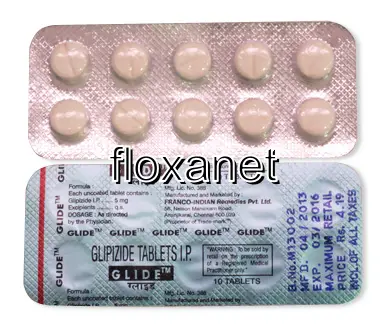| Package | Dosage | Price | Price per Dose | |
|---|---|---|---|---|
| Dosage: 5mg | ||||
| 360 pill | 5mg | £123.51 | £0.34 | |
| 240 pill | 5mg | £89.26 | £0.37 | |
| 180 pill | 5mg | £69.53 | £0.38 | |
| 120 pill | 5mg | £49.81 | £0.42 | |
| 90 pill | 5mg | £40.47 | £0.45 | |
| 60 pill | 5mg | £28.02 | £0.47 | |
| 30 pill | 5mg | £14.52 | £0.49 | |
| Dosage: 10mg | ||||
| 360 pill | 10mg | £182.68 | £0.51 | |
| 240 pill | 10mg | £134.93 | £0.56 | |
| 180 pill | 10mg | £110.02 | £0.61 | |
| 120 pill | 10mg | £83.03 | £0.70 | |
| 90 pill | 10mg | £70.57 | £0.78 | |
| 60 pill | 10mg | £48.78 | £0.82 | |
| 30 pill | 10mg | £26.98 | £0.88 | |

Glipizide Description
Overview of Glipizide
Glipizide is a widely used medication primarily prescribed for the management of type 2 diabetes mellitus. It belongs to the class of drugs known as sulfonylureas, which help regulate blood sugar levels by stimulating the pancreas to produce more insulin. This medication has been trusted by healthcare professionals for many years and is considered effective in helping patients control their blood glucose levels. Its popularity stems from its proven efficacy, availability, and relatively simple dosing regimen.
How Glipizide Works
Glipizide acts by binding to specific receptors on pancreatic beta cells. This binding prompts the cells to release insulin, a hormone that helps the body use sugar from the bloodstream for energy or storage. By increasing insulin production, Glipizide effectively reduces high blood sugar levels, which is crucial in preventing the long-term complications associated with uncontrolled diabetes. It is important to use Glipizide alongside a proper diet and exercise plan for optimal results.
Advantages of Using Glipizide
One of the main advantages of Glipizide is its quick onset of action. Patients often experience noticeable drops in blood sugar levels within a few hours of taking the medication. Its once or twice daily dosing makes it convenient for many users. Additionally, Glipizide is available in various strengths, allowing healthcare providers to tailor treatment according to individual needs. Another benefit is its relatively low cost, making it accessible to many patients globally. Furthermore, it has a well-established safety profile when used as prescribed.
Potential Side Effects and Precautions
Although Glipizide is effective, it is not without potential side effects. Common adverse reactions include hypoglycemia (low blood sugar), which can cause symptoms like shakiness, sweating, dizziness, and weakness. Patients are advised to monitor their blood sugar regularly and recognize early signs of hypoglycemia. Some users may experience gastrointestinal issues such as nausea, diarrhea, or stomach discomfort. Allergic reactions are rare but possible, emphasizing the importance of consulting a doctor if unusual symptoms occur. Precautions should be taken for patients with allergies to sulfonylureas, liver or kidney impairments, or those who are pregnant or breastfeeding.
Interactions and Usage Tips
Glipizide can interact with several medications, including certain antibiotics, antifungals, and other antidiabetic drugs. These interactions can enhance or diminish its effectiveness and may increase the risk of side effects. It is essential to inform your healthcare provider about all the medications you are taking. Patients should follow prescribed dosages carefully and avoid alcohol consumption, as alcohol can intensify the blood sugar-lowering effects and increase hypoglycemia risk. Regular blood glucose monitoring is crucial to ensure the medication's effectiveness and safety. Combining Glipizide with lifestyle modifications such as diet and exercise can provide better overall control of diabetes.
See Also

